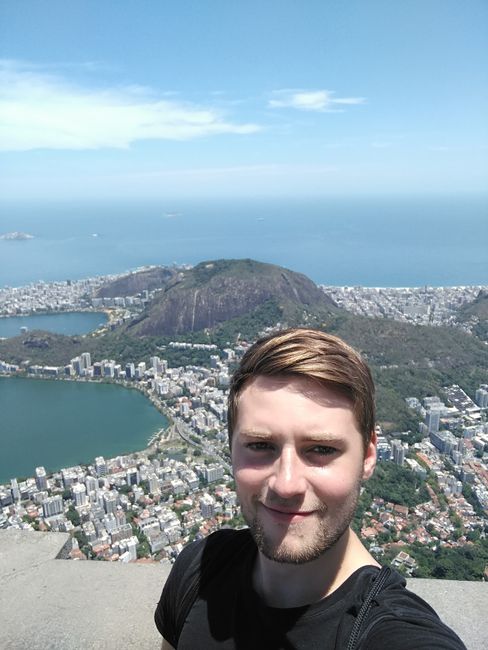Off to the actual capital of Bolivia
La daabacay: 06.12.2017
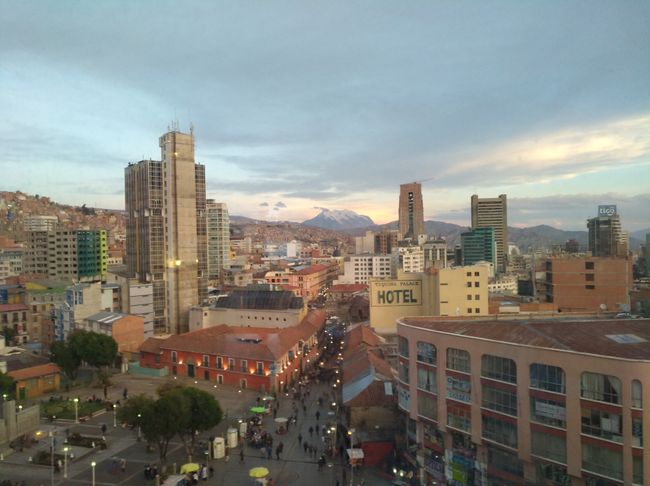
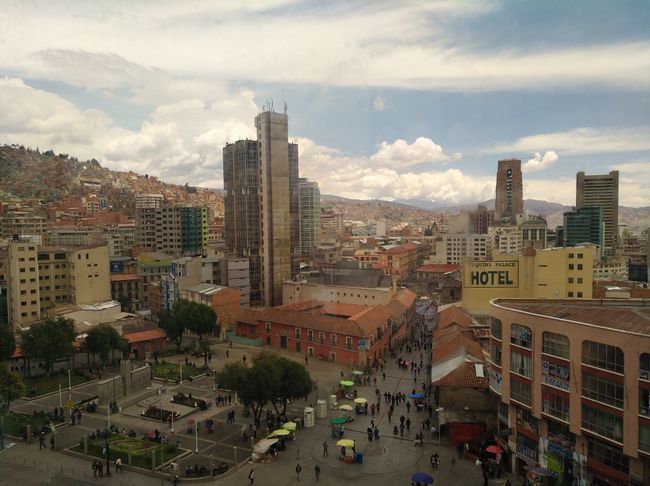
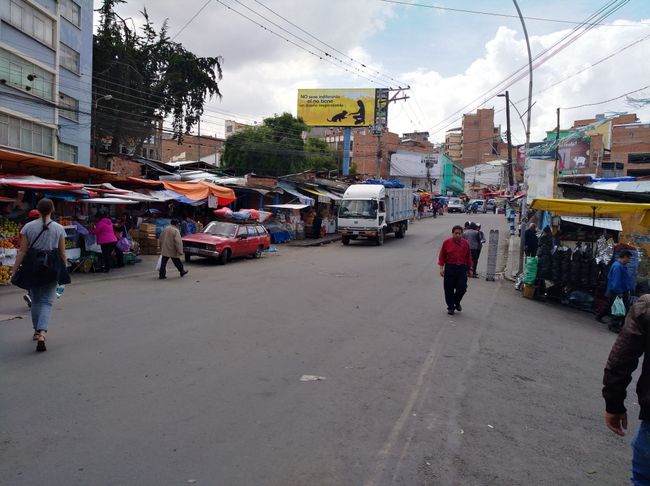
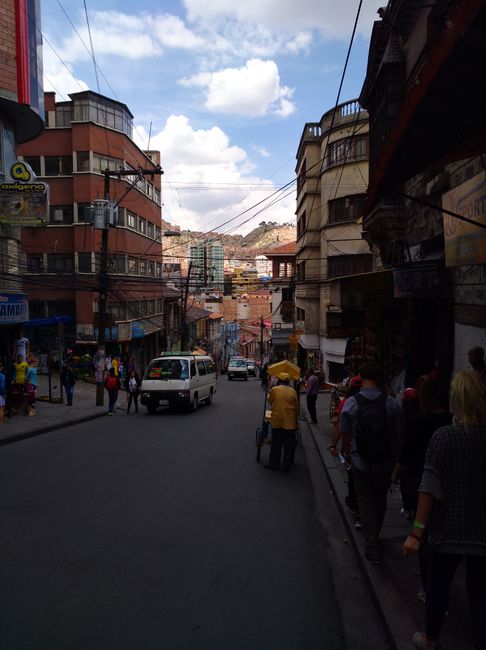
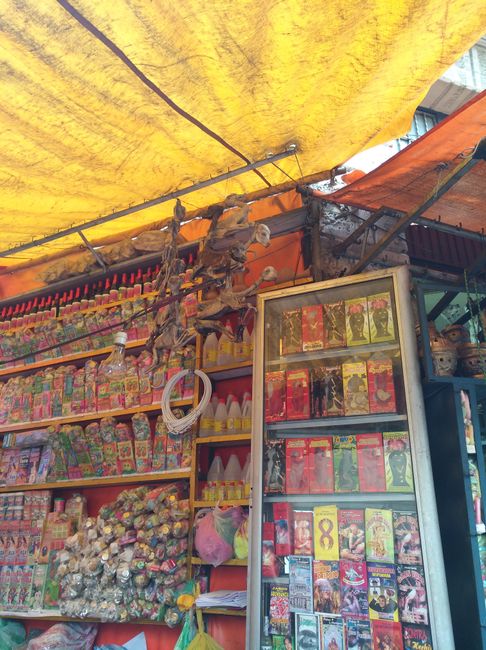
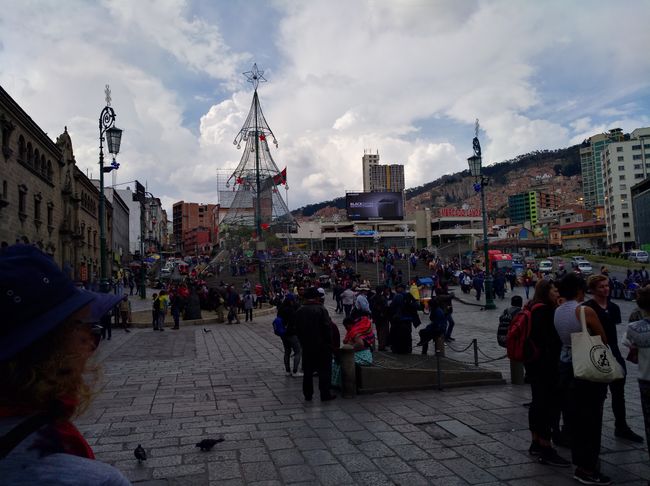
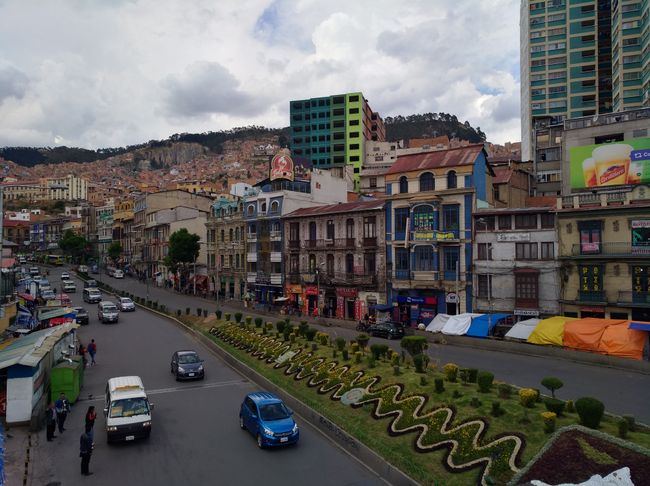
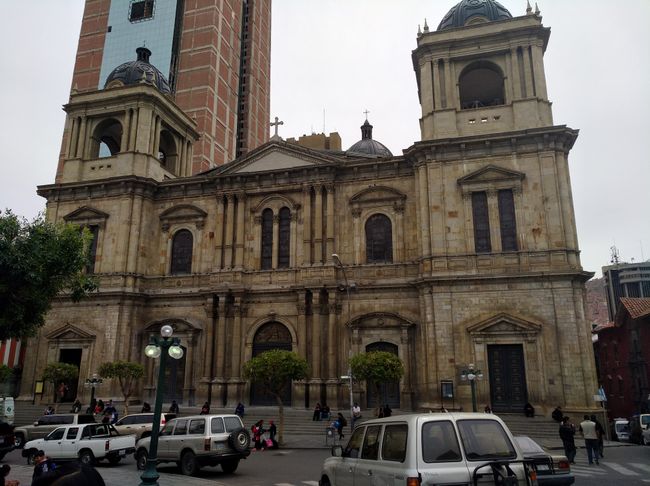
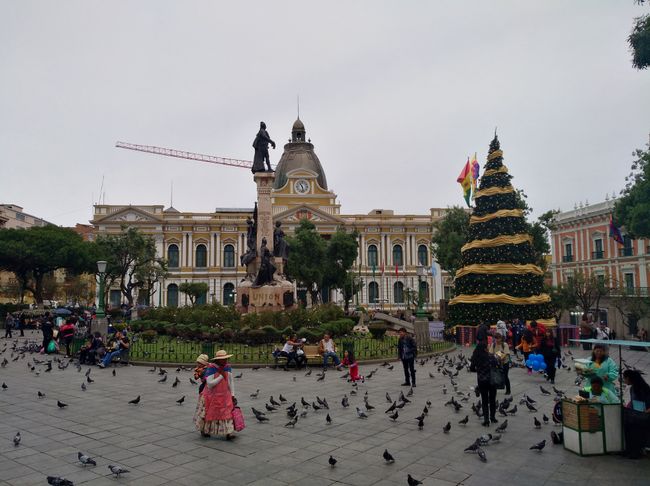
Ku biir Wargeysyada
Next, it was supposed to go from Lima to La Paz in Bolivia. In the meantime, I have reached the double digits in terms of countries visited in the past three months, and now also the tenth different currency. My wallet is slowly filling up with coins of various currencies. The newest one is called Boliviano and the exchange rate is approximately 1 € to 8 Bolivianos.
Since I had chosen the cheapest flight, it also started at 5:50 in the morning. Completely exhausted, I arrived at the airport and before I knew it, I was already on the plane. After less than an hour, we landed but unfortunately not in La Paz, but in Cusco, about halfway through the journey. When I'm tired, my mood is not the best, but I just couldn't understand this completely unnecessary stop. We only stopped so that everyone in Cusco could get the Peruvian exit stamp. It's not like that could have been conveniently done in Lima. Anyway, all passengers had to leave the airport and re-enter through a different entrance, then queue up in a long line, where I finally got the exit stamp.
I have rarely seen such a stupid organization, and when the completely incapable flight attendants threw away my water bottle once we were back on the plane, I completely resigned.
Fortunately, we landed in El Alto near La Paz an hour later, and I had the honor of leaving the highest international airport in the world. It is located at an altitude of about 4200 meters. La Paz itself is located at an altitude of approximately 3600 meters and is therefore the highest capital city in the world. I always thought that La Paz was the capital of Bolivia, but then I learned that actually Sucre is the administrative capital.
The city itself is located in a 400-meter deep canyon and is surrounded by the high plateau of the Altiplano, a part of the Andes between Peru and Bolivia. Due to its location in the valley, the climate here is pleasant.
However, one has to be careful, especially when flying here, not to suffer from altitude sickness. I've been told that drinking plenty of water is the best way to prevent it.
I spent the first night at Hostal Journey in the city center, but didn't do much during the day. I was still pretty tired from the flight and the altitude was also affecting me a bit. In the evening, I went in search of something to eat and found it at Café del Mundo. A really nice café, and for the first time, I got to experience the really cheap price level in Bolivia. I paid about six euros for dinner and a drink.
Afterwards, I went to an English pub because the final leg of the Copa Libertadores between CA Lanus and Gremio took place tonight. Gremio won the second leg with a score of 2-1, thus becoming the champion of the South American equivalent of the European Champions League.
Both locations were less than 200 meters away from my hostel, but it was quite steep downhill. Just these 200 meters there and back were so exhausting that I was completely out of breath for minutes afterwards. I had underestimated the altitude here, and it's not surprising to me anymore that the Bolivian national team is so strong at home.
Since my first night was not really restful and the hostel overall was not really cozy, I decided to spend the next night at the Loki Hostel.
The plan was to spend one more night in La Paz and then take an overnight bus to Uyuni to do a tour of the salt flats there. I quickly found a bus connection, but finding the optimal tour operator turned out to be a challenge. There are not just one or two, but hundreds of tour operators, all offering more or less the same tour at different prices. I read on the internet that it's advisable to spend a little more money, as otherwise, there will be cuts in various aspects and the tour will be very basic. Since all the tour operators were getting on my nerves, I decided to simply book a tour through my hostel. It wasn't cheap, but hopefully it will be worth it.
In addition, I took a city tour in La Paz and got to know the city a little better. We started at the San Pedro prison city. In the truest sense of the word, it's a separate city with its own restaurants, markets, and supposedly the purest cocaine in the country is produced there. If you're interested, you should read the Spiegel article about this prison (http://www.spiegel.de/panorama/justiz/san-pedro-gefaengnis-in-bolivien-rusty-young-ueber-seine-erfahrungen-a-1050653.html).
In Bolivia, unlike in Germany, you are considered guilty until proven innocent. Possibly a reason why the prisons in Bolivia are overcrowded.
We then went to one of the many markets in La Paz. There are only around 20 supermarkets in the city, mainly with imported food. The rest takes place at the municipal markets. It reminded me a bit of the markets in Laos, but without the foul smell of meat or fish that has been sitting in the sun for too long. My absolute favorite is the Mercado Lanza right by the Plaza San Francisco, where you can get delicious fruit shakes and avocado sandwiches for 5 Bolivianos (60 cents). I felt like I was there twice a day.
We also visited the Witches Market, where you can buy all sorts of things, from magic potions to love powders. Bolivians are a very superstitious people. For example, you have to consider that the workers will only start building a house after sacrificing a lamb or something similar to Mother Earth. I also heard stories that claim that even people who wouldn't be missed were buried alive under the foundation. Allegedly, this is still common nowadays, but I'm not quite sure if I believe all of it.
The tour ended at the Plaza Murillo, the main square in La Paz named after the independence fighter Pedro Domingo Murillo. Among other things, the government palace and the congress are located here.
Bolivia is also quite volatile when it comes to their president. In the nearly 200-year history of Bolivia, there have been 85 different presidents. Many of them were assassinated, such as Gualverto Villarroel Lopez in 1946 when anti-government masses headed towards the government palace, they threw him out of the first floor window and hanged him on a streetlamp across the street. Shortly afterwards, realizing he wasn't that bad after all, they erected a statue in his honor under that very streetlamp. I would say they are an impulsive people with whom you had better not cross paths.
Ku biir Wargeysyada
Jawaab

